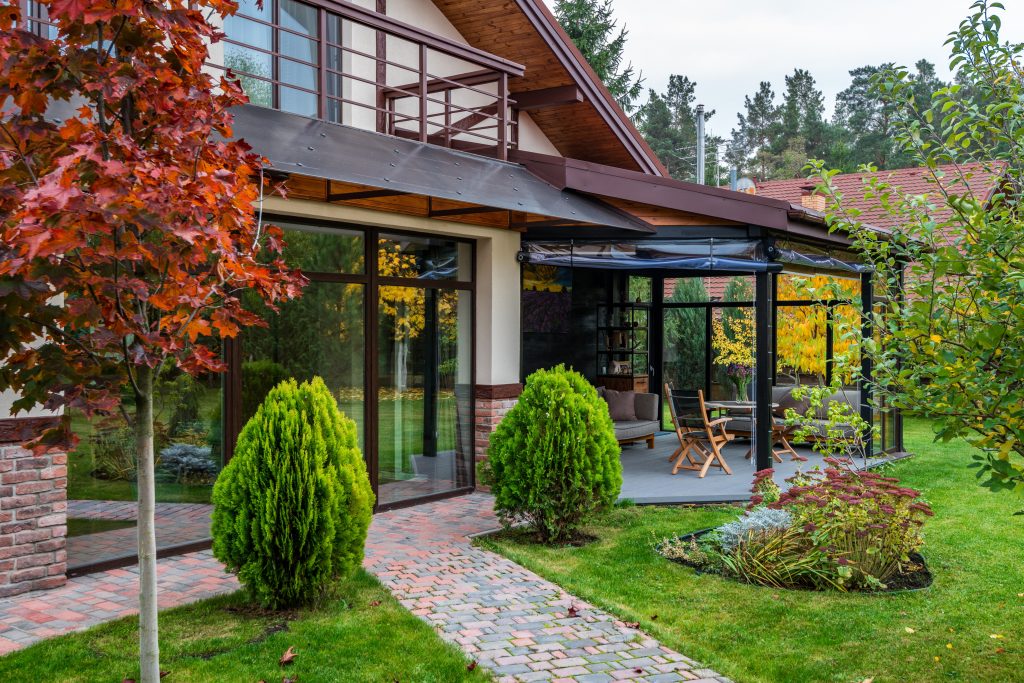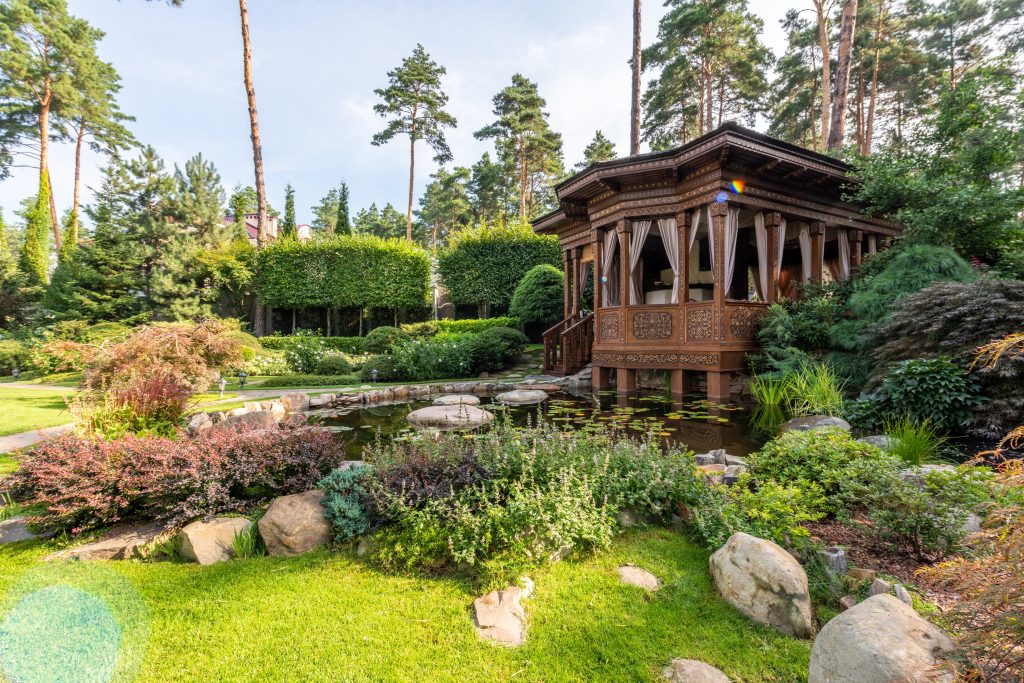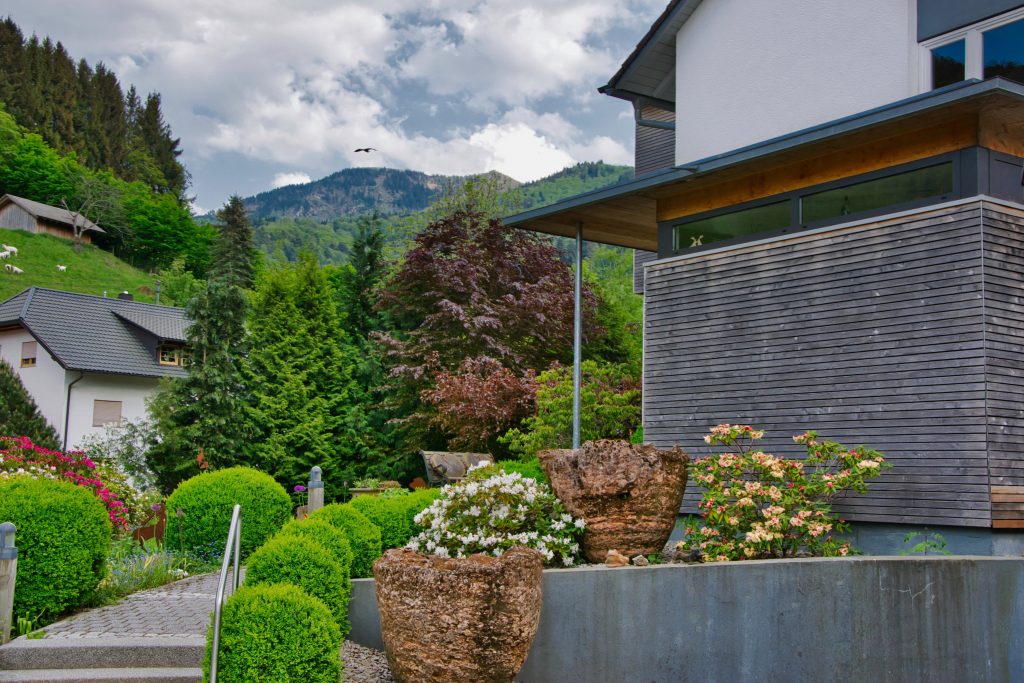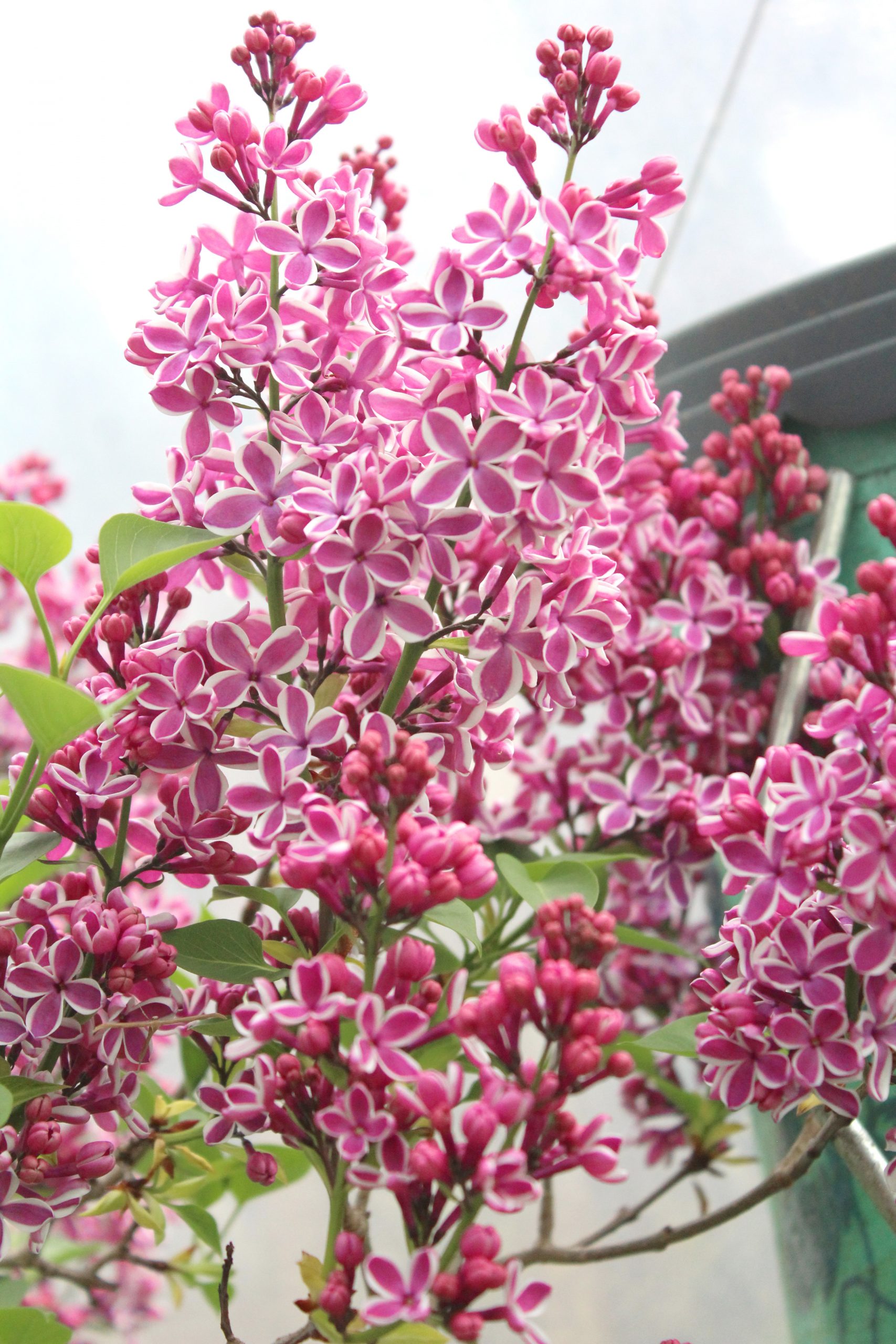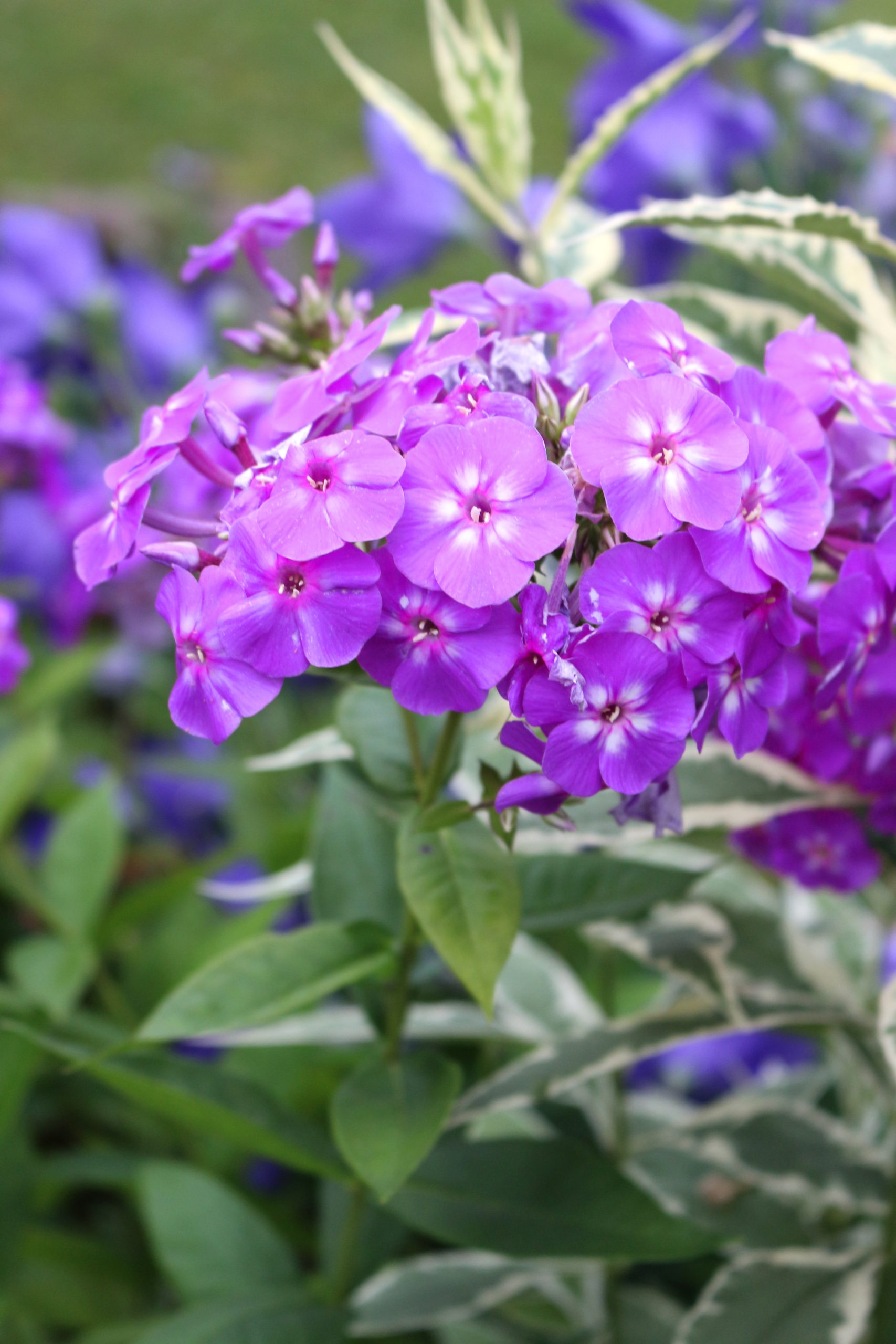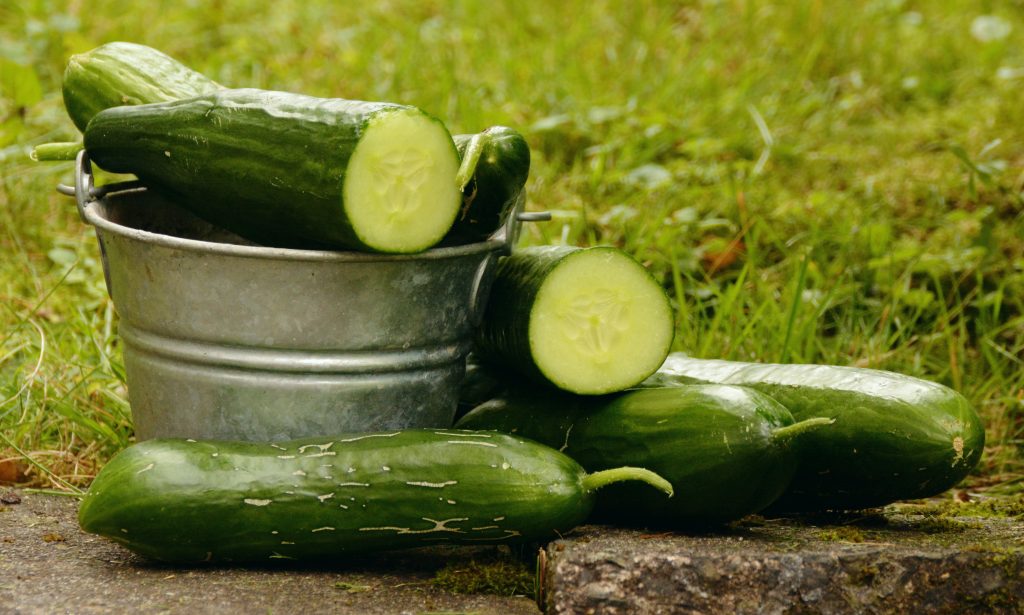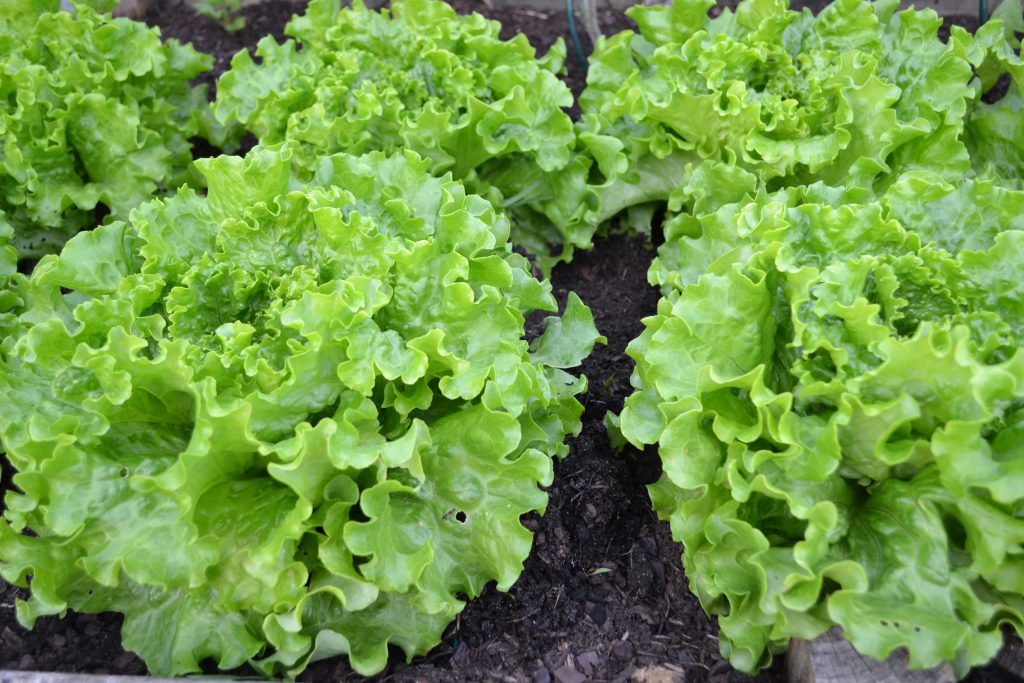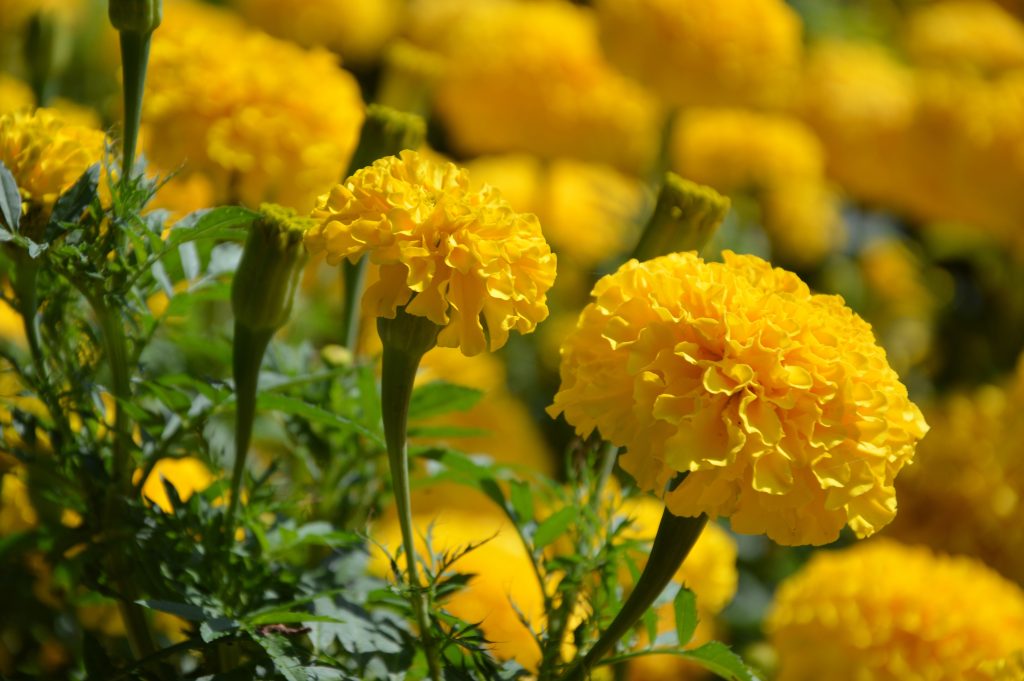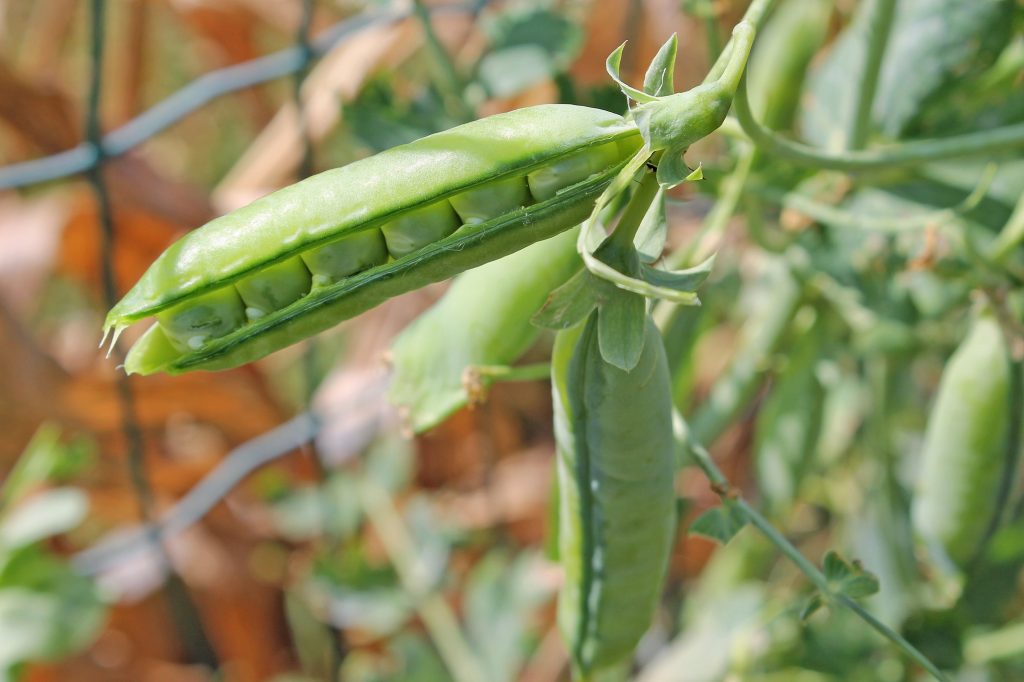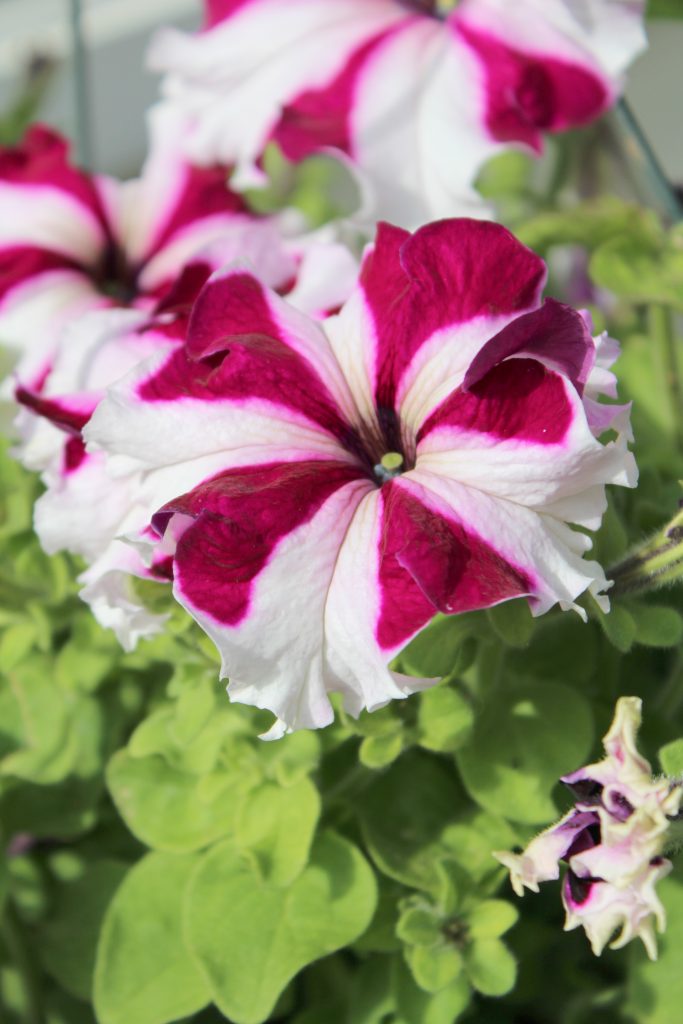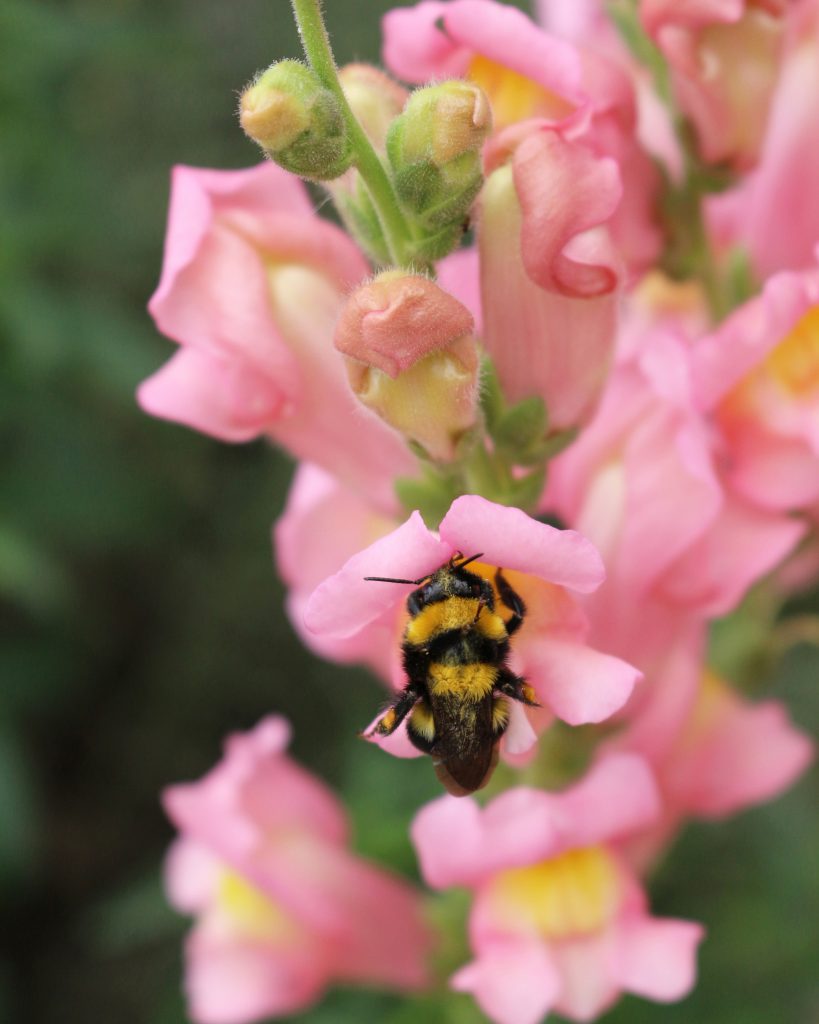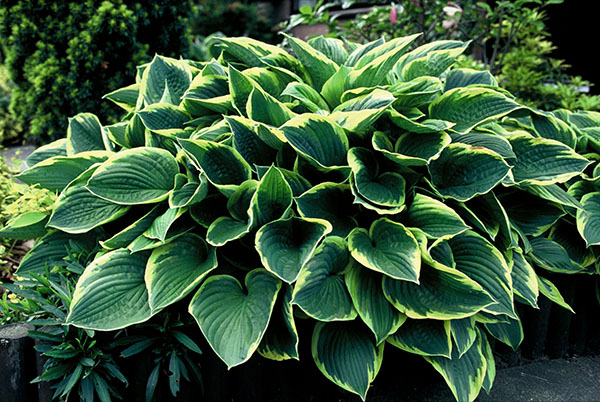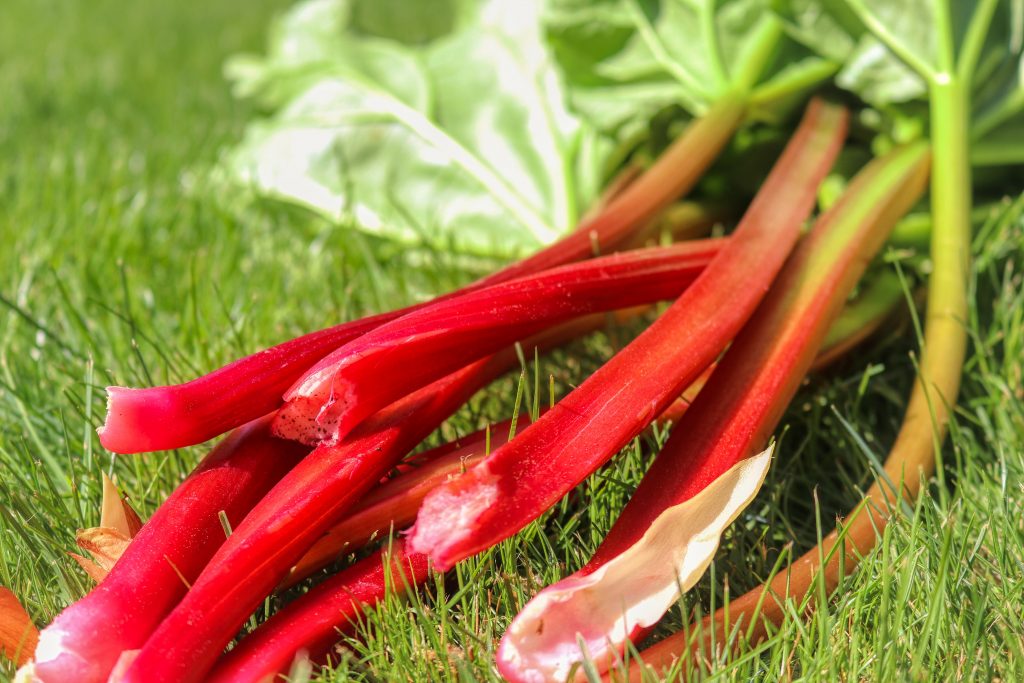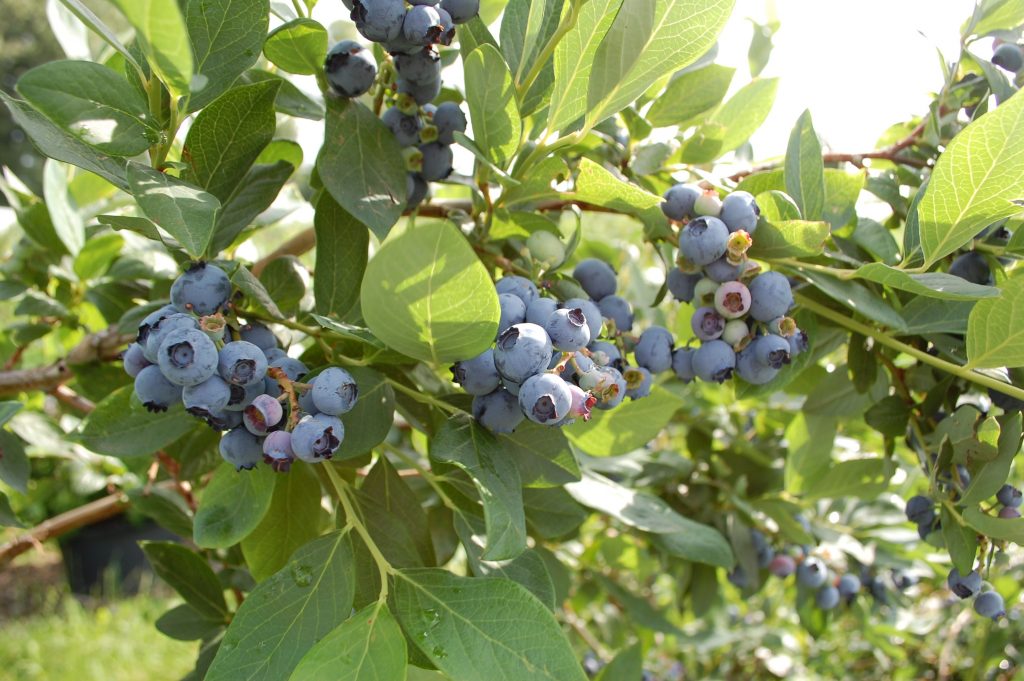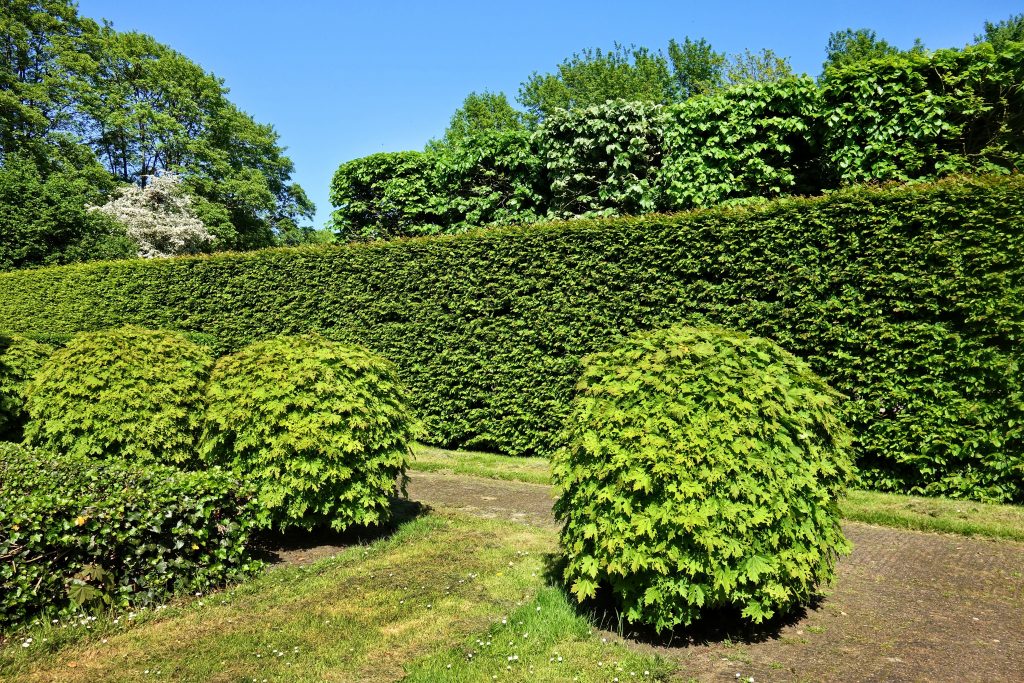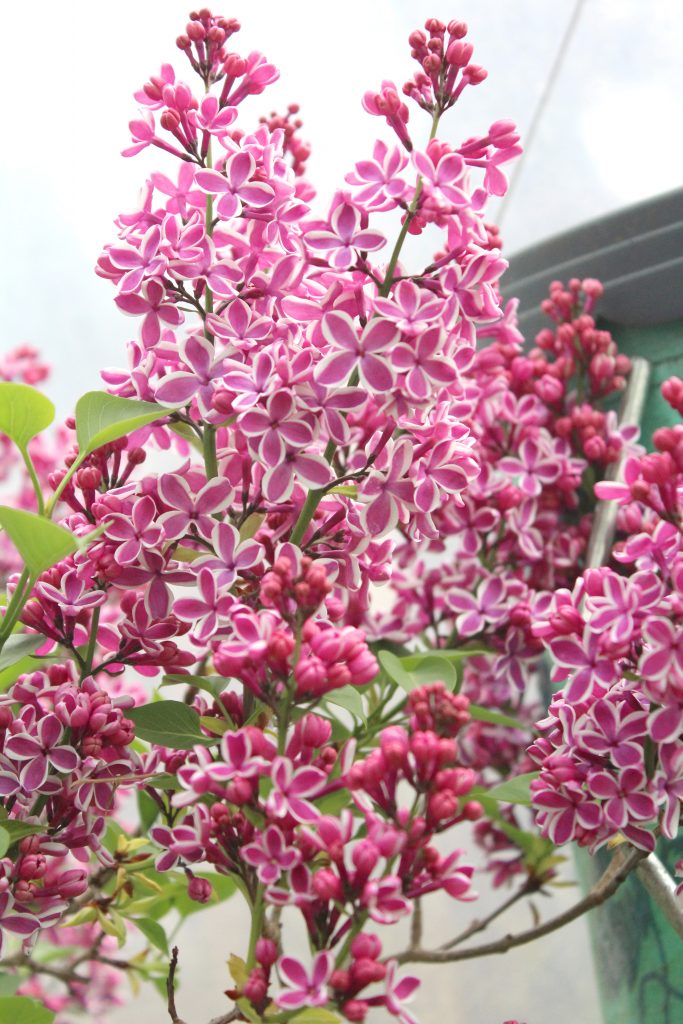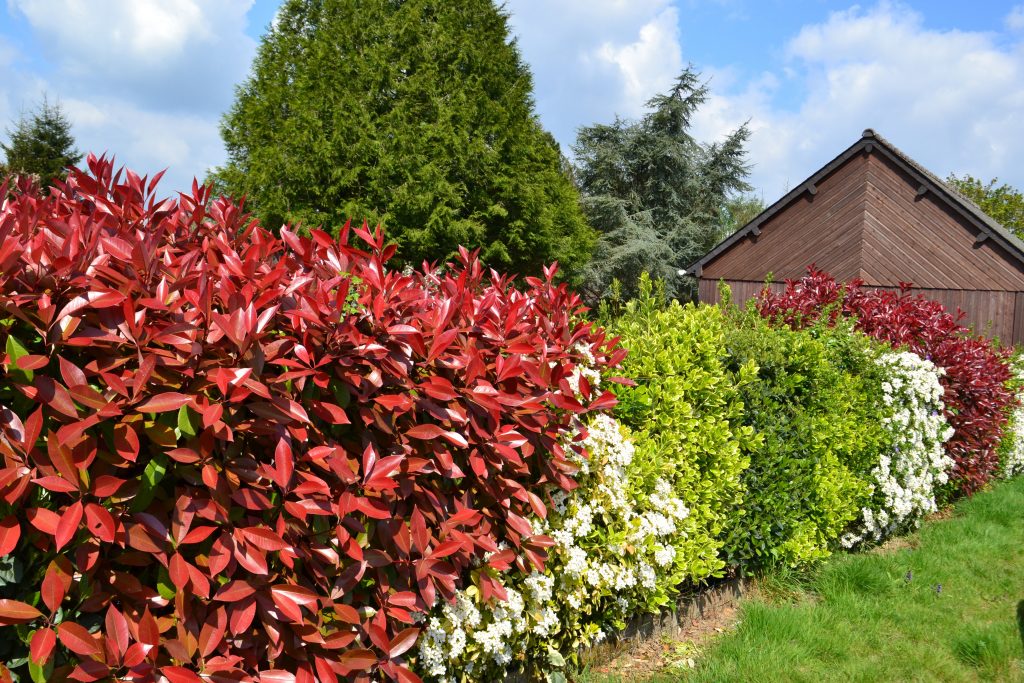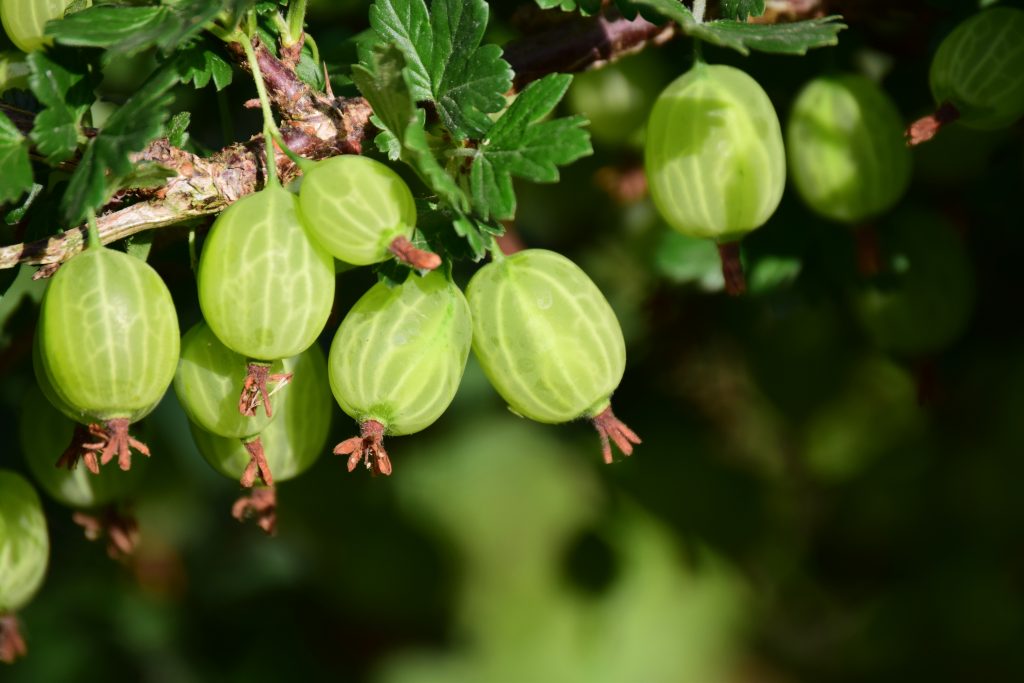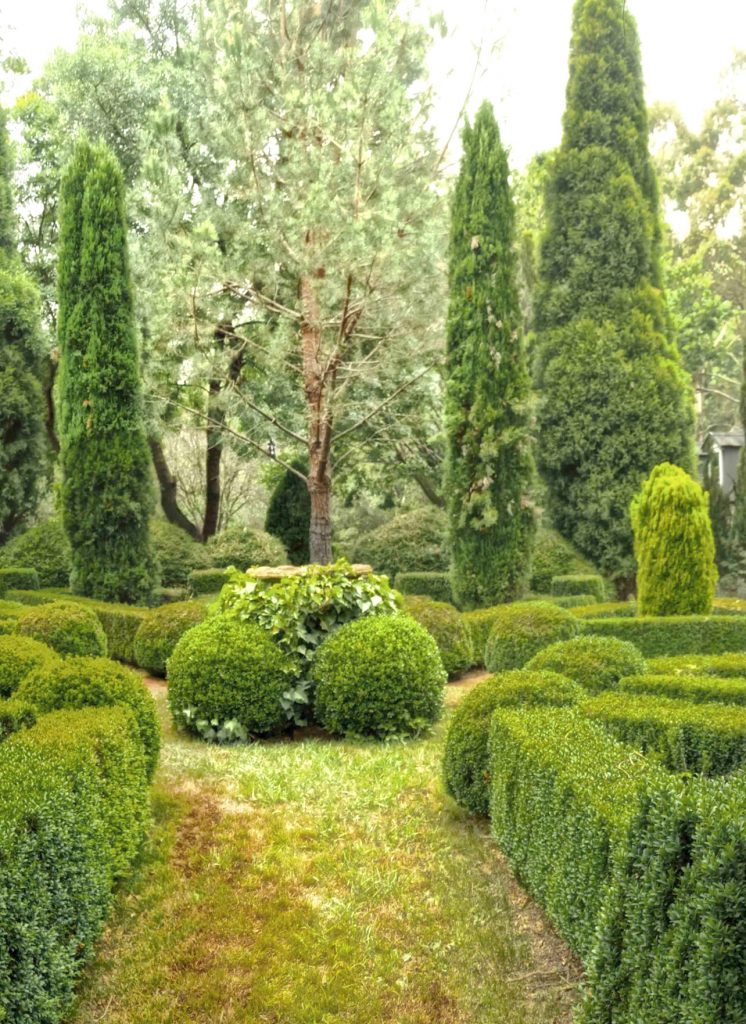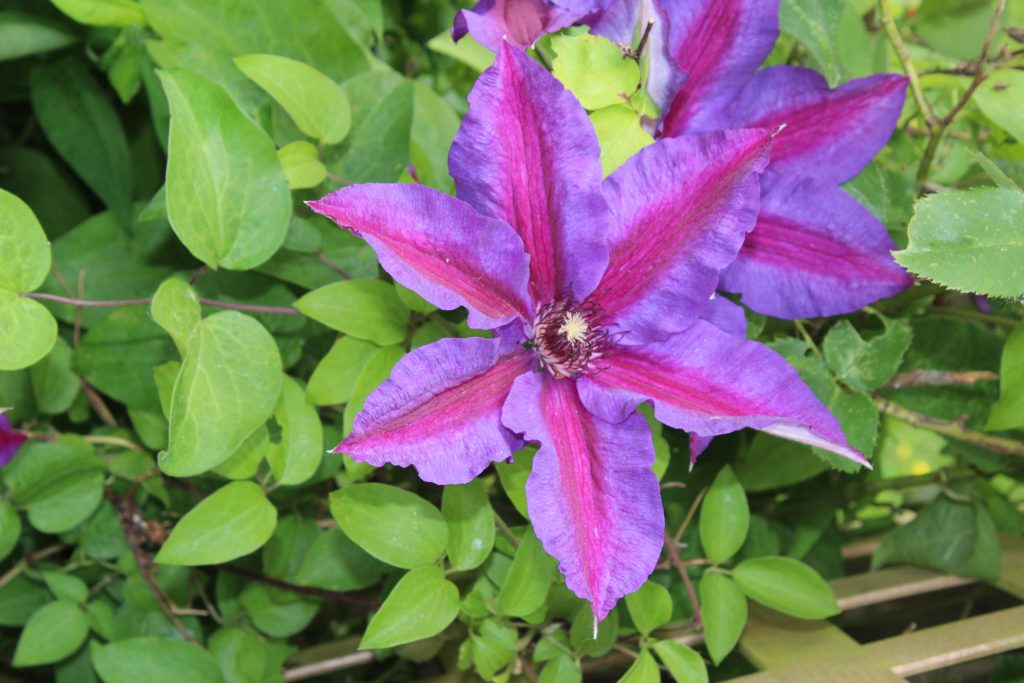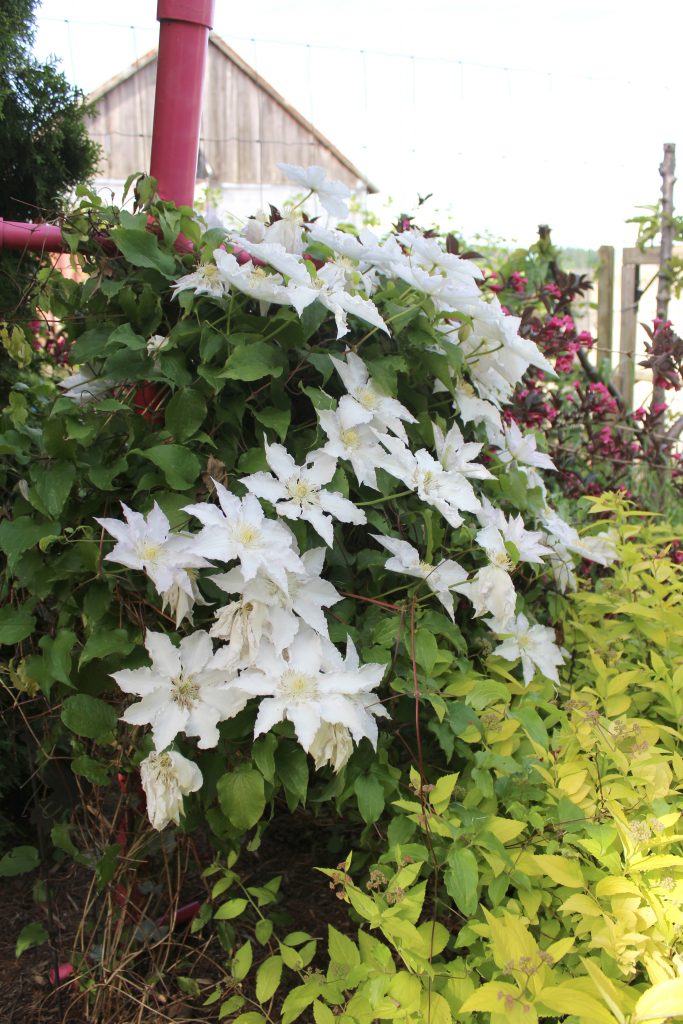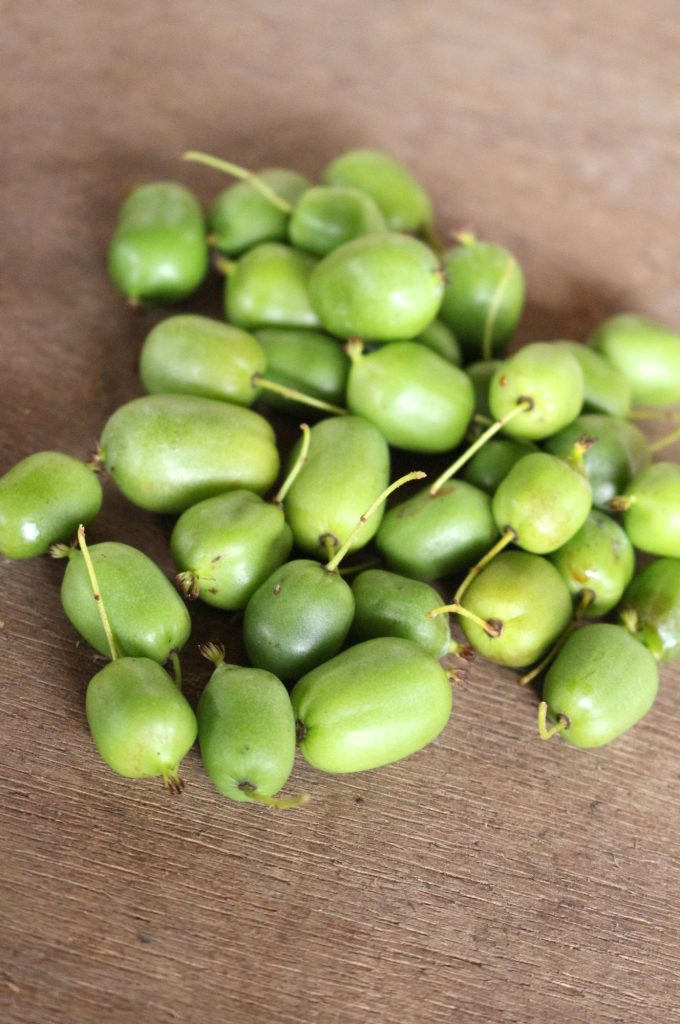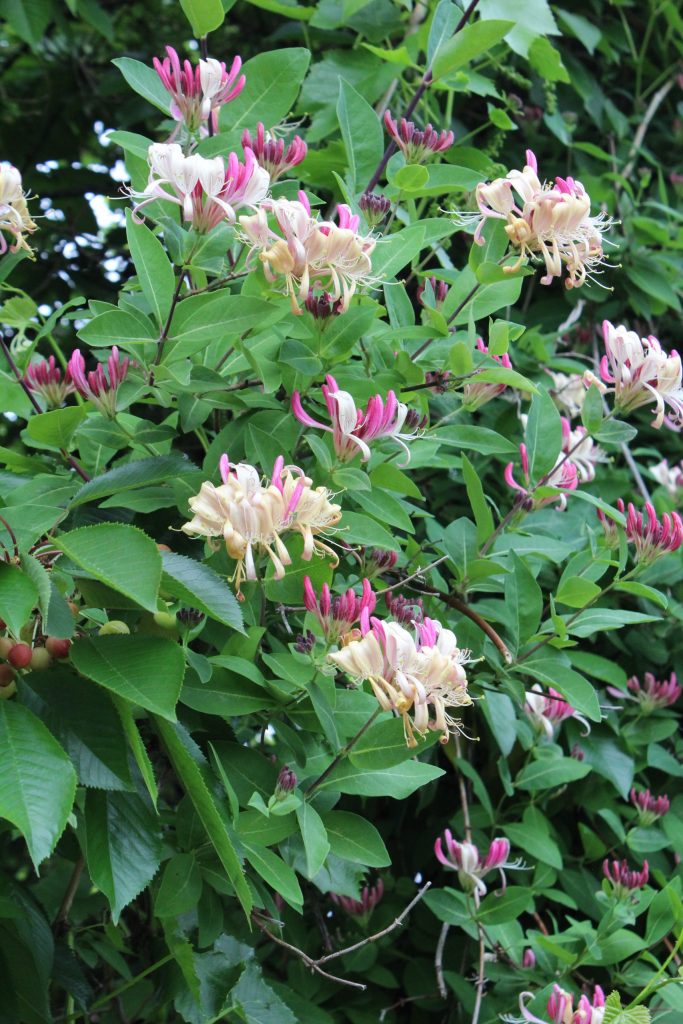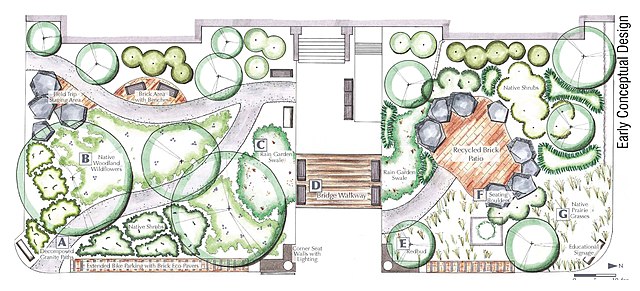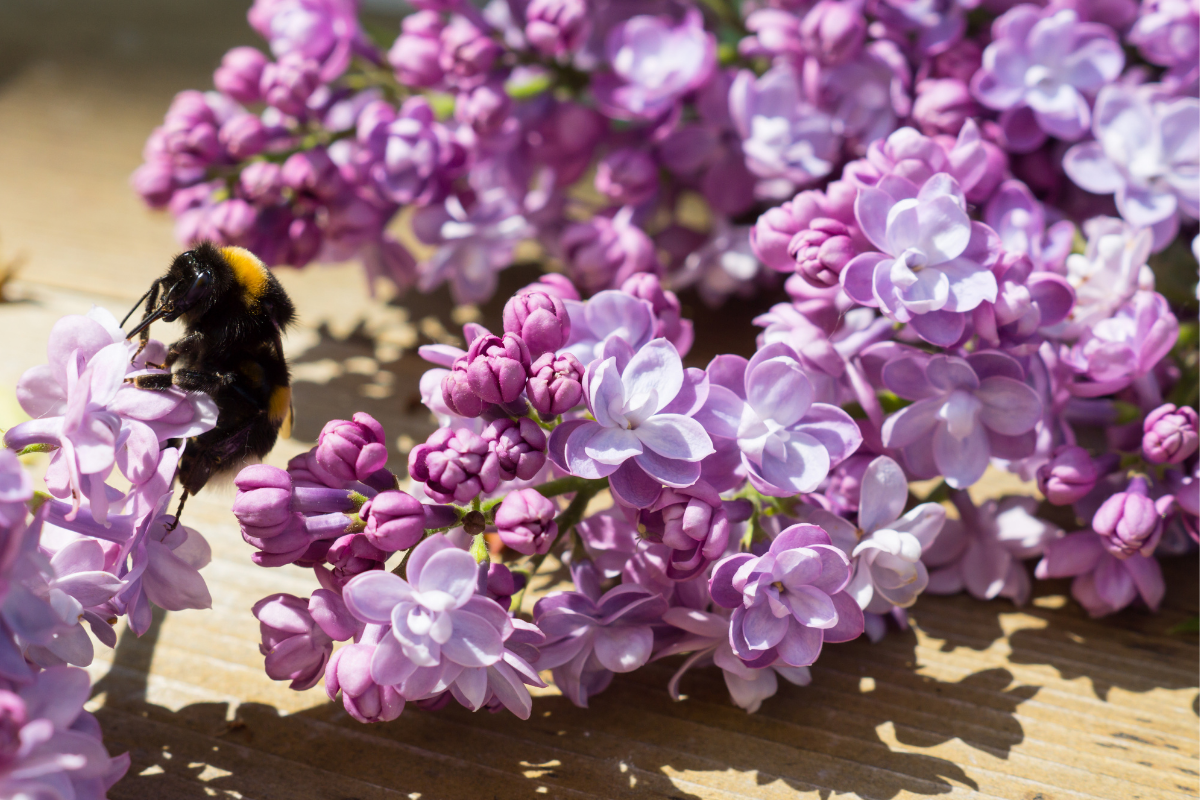
What’s What in the Garden: Start Here
Spring is just around the corner, and it’s time to plan your garden! But what exactly does that mean? Where do you start? What should I plant in my garden? What is the best place for planting shrubs, trees, bulbs, annuals or perennials? What really are annuals or perennials? Sometimes it can feel like a daunting task trying to figure out all the details for your garden, but don’t worry, we’re here to help! Here’s a quick guide on understanding the different types of plants to make it easier to select the ones that are the best for your gardening style and spaces!
Table of Contents
Understanding What is What
Have you ever asked yourself what is the difference between an annual and a perennial? A tree and a shrub? Sometimes the most basic questions are the hardest ones to ask because it seems we should already know the answers. How do these different types of plants shape our gardens? How can we best use them in our outdoor living spaces? Below is a quick guide to the different types of plants you can add to your garden to create your outdoor oasis.
Annuals
An annual is a plant whose life cycle completes in a year, from spring to summer to fall. Generally, in early spring, seeds are planted in the warming ground and germinate into seedlings. These seedlings flourish into growing plants and as they mature, flowers come into bloom. Flowers may yield fruit and the creation of seeds which is the signal that the plant life cycle is near completion. The plant gradually dies back starting with the leaves and stems, followed by the roots.
Annuals are valuable and versatile due to their shortened life cycles; they grow faster and come into flower earlier. They offer eye catching vivacious colour, filling out hanging baskets, window boxes, containers or entire flower beds. Keep your annuals looking amazing all summer with regular fertilizing, keeping the soil moist, and removing faded blooms. In fall, remove the whole plant and add it to your compost. The options for annuals are endless but some of the most popular are petunias, marigolds, celosia, impatiens and snapdragons. Many vegetables grown from seed such as peas, lettuce, corn and cucumbers are also considered annuals.
Perennials
Plant a perennial once and enjoy its beauty year after year. Perennials are popular with gardeners because you plant them once and enjoy them for years. The plants die back to the ground when their seasonal growing and flowering cycle is complete. Their root systems store nutrients for next year’s growth, and they are hardy to endure dormancy. After being dormant through winter, once spring arrives, perennials pop-up with vigor, growing fresh shoots and stems. The first year a perennial is planted they will put most of their energy into establishing root systems rather than showy displays of blooms. With each passing season, perennials become more robust and bloom more profusely. Providing structure in the garden, perennials can last for decades and require less work than annuals as they do not need to be planted fresh each year. Keep your perennials looking their best with a few seasonal tasks. In spring, give them a top dressing of compost or slow-release fertilizer. In summer, keep watering through hot spells, cut faded flowers to encourage more blooms, and then in fall, trim brown leaves and stems to the ground. Fall is also the best time to divide mature perennials as they are dormant and remember to replant before heavy frost. Select varieties of perennials which bloom at different times from spring through summer and are winter hardy for your area. Some of our favourite super hardy ornamental perennials are peonies, hosta, astilbe, phlox, hemerocallis (daylilies) and dicentra (bleeding hearts). Try adding some of our most popular edible perennials like strawberries, rhubarb, horseradish and asparagus to your garden spaces.
Shrubs
Most shrubs are less than 5 m (15 ft.) tall and have several woody branches emerging from the ground rather than a single trunk. In garden design, shrubs give structure and define or frame your outdoor living space. Shrubs can provide year-round privacy and can be used as a friendly alternative to fences. Flowering shrubs can also bring out the best features of a home and enhance curb appeal while hiding a basement foundation. Single specimen shrubs become stunning focal points to draw the eye into the garden. Shrubs are very low maintenance and seasonal care is minimal with pre-season pruning, spring through summer spent bloom removal, and post season leaf debris clean-up. Some of our favourites are roses, lilacs, rhododendrons and hydrangeas. Favorite edible berries such as currants, blueberries, gooseberries and haskaps (honeyberries) are shrubs too.
Trees
Trees make beautiful garden focal points, providing shelter and shade on the hottest of summer days. Trees are determined by a main woody trunk that is at least 8 cm (3”) or more in diameter and rising at least 135 cm (54”) or more in height. Trees have few, if any lower branches, and grow to form a canopy of foliage. This canopy is attractive for birds and other garden visitors to create their nests and take shady rests. Plan for the mature size of a tree before you plant it in your garden. A starter tree in a gallon pot can grow to become a mighty maple that may encroach on other areas for your outdoor living spaces. Caring for young trees can be as simple as cleaning up leaf debris in fall, but as they mature yearly check structural integrity affected by snowfall and insects. Some of our favourite trees are cedar, maple, magnolias, and dogwoods. Remember to include fruit trees like apple, cherry, plum and pear to your designs to have the bonus of an edible landscape.
Vines
Vines have an identifiable growth habit, with long and slender branches that climb by winding themselves about a support such as a trellis, arbor, or fence. Vines can also hold fast with tendrils or suction-like claspers. Vines take the garden vertical, and sometimes even overhead. Use them to create transitions in the garden, for privacy screening, or to soften the looks of hardscapes like walls and fences. Flowering vines such as clematis, add colour and texture creating movement in the garden. Select varieties which are winter hardy for your area and then the maintenance will be easy as removing faded blooms (if you can reach them) and cleaning up faded leaves in the fall. Add some of our favourite flowering vines like clematis, campsis (trumpet vine) or the intoxicatingly fragrant lonicera (honeysuckle vine) to entice all the senses. Adding some vines that produce tasty fruit too like hardy kiwi and grapes will bring a flair of exotic elegance to your garden space.
Let the Planning Begin
Now that you have a basic understanding of the different types of plants, how to care for them, and popular easy to grow choices – it’s time to plan your garden. The best way to start planning is by deciding what you want to use the space for. Are you entertaining, relaxing, increasing curb appeal, or creating a backyard full of culinary delights? You can start by simply choosing one area and adding vertical interest by planting climbing vines or improve shady areas with pops of colour from astilbe, ferns and hostas.
The more you know about plants the better equipped you are to plan your garden space. Once you know the role each type of plant (annual, perennial, shrub, tree or vine) plays in your garden then elements of design like unity, scale and balance can be bring it all together. Subscribe now, to our newsletter to get inspired and learn more about planning your garden.
If you have questions please contact us, we are happy to assist. Looking for a particular plant? We can help contact us through our retailer request.



